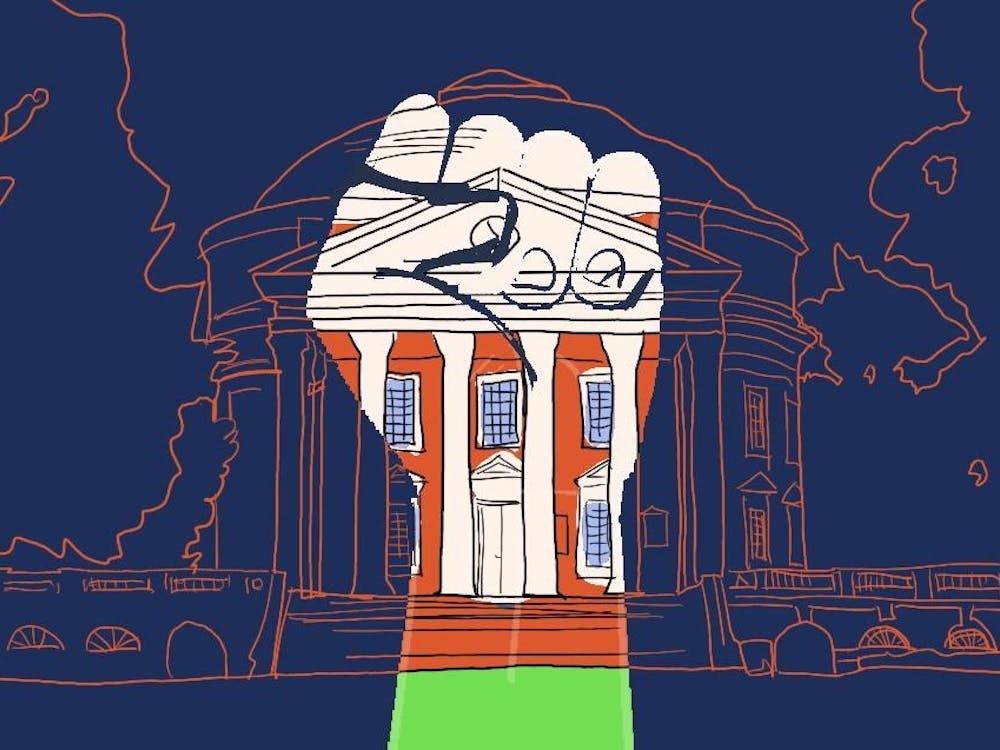While I rarely take anything printed in The Cavalier Daily to heart, Ginny Robinson's opinion on the Love is Love t-shirts is pretty disturbing and hopefully not representative of the University community. Right from the start, Ms. Robinson accuses U.Va. students of forfeiting critical thought for a t-shirt. This is a pretty strong accusation to make. First, it assumes that students do not understand the message on the t-shirt. Like a true journalist, Robinson provides her readers (the same ones that she claims do not think critically) with a one-person poll. Does this uninformed student represent the University as a whole? Was this student the only one questioned about the shirt, or was she merely the only one to give a vapid answer to support Robinson's opinion?
Second, "Love is Propaganda?" assumes that if U.Va. students were to think critically about the shirt's message, they would not wear the shirt. Robinson claims the shirt's message is emotional, oversimplified, and draws a comparison between "Love is Love" and "Change we can believe in." How far are either of these taglines from "Country First?" While I agree that it is unfortunate that some voters are uniformed of a candidate's platform, I'm not sure if we can realistically purport that U.Va. students don't know what gay rights are. Furthermore, pulling out the "you're a communist" line is a sad Hail Mary of an argument.
Perhaps simple is the way to go. If Robinson would like to make an argument against gay rights or the "liberal agenda," then do it. Don't attack an article of clothing that is no more "oversimplified" than "Hockey Moms 4 Palin."\n\nLindsay Parra\nCLAS IV






